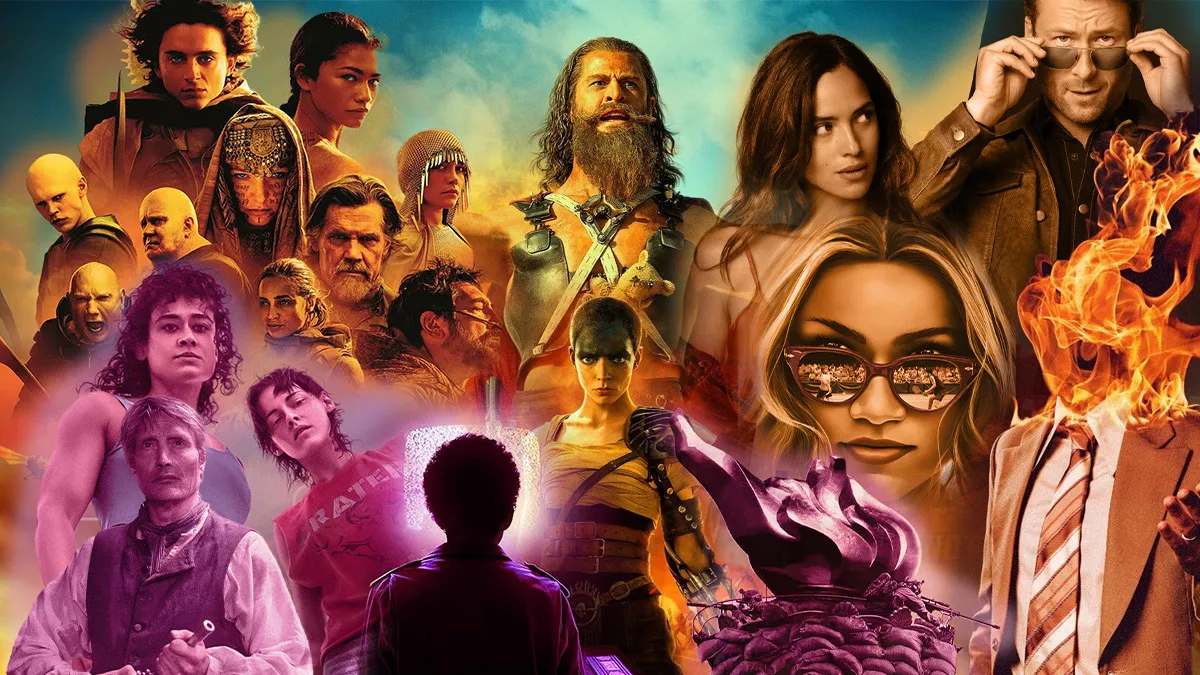Throughout film history, certain movies have pushed the boundaries of storytelling, technology, and artistic expression. Here’s a look at ten films that have redefined cinema, influencing countless filmmakers and shaping the future of the medium.
Citizen Kane
Often hailed as the greatest film of all time, “Citizen Kane” revolutionized narrative structure and cinematography. Directed by Orson Welles, the film employs non-linear storytelling and innovative camera techniques, such as deep focus. Its exploration of power and identity set a new standard for storytelling in cinema.
The Birth of a Nation
While highly controversial for its racist themes, D.W. Griffith’s “The Birth of a Nation” is significant for its groundbreaking technical achievements. The film introduced new editing techniques, such as cross-cutting and close-ups, which became standard practices in filmmaking. It also demonstrated the potential of film as a powerful medium for storytelling.

The Wizard of Oz
“The Wizard of Oz” is a landmark in fantasy filmmaking, showcasing the use of Technicolor and special effects to create a magical world. Its innovative use of music and song further elevated the musical genre in cinema. The film’s enduring appeal continues to inspire filmmakers and audiences alike.
2001: A Space Odyssey
Stanley Kubrick’s “2001: A Space Odyssey” redefined science fiction with its philosophical themes and pioneering visual effects. The film’s use of practical effects, intricate models, and groundbreaking cinematography created an immersive experience. Its exploration of humanity’s relationship with technology influenced countless sci-fi films that followed.
Star Wars
George Lucas’s “Star Wars” transformed the blockbuster landscape and revolutionized visual effects. The film introduced groundbreaking techniques in special effects and sound design, creating an expansive universe that captivated audiences. Its success paved the way for franchise filmmaking and merchandising in Hollywood.
Pulp Fiction
Quentin Tarantino’s “Pulp Fiction” redefined narrative structure with its non-linear storytelling and sharp dialogue. The film’s eclectic mix of genres and memorable characters left a lasting impact on independent cinema. Its success demonstrated that innovative storytelling could thrive outside of traditional Hollywood structures.
The Matrix
“The Matrix” introduced groundbreaking visual effects, including bullet time and innovative action choreography. The film’s exploration of virtual reality and philosophical themes pushed the boundaries of the sci-fi genre. Its influence can be seen in countless action films and video games that followed.
Avatar
James Cameron’s “Avatar” pushed the boundaries of technology with its use of 3D and motion capture. The film created a fully immersive experience, setting new standards for visual effects and world-building. Its commercial success demonstrated the potential of technologically advanced storytelling in cinema.
Get Out
Jordan Peele’s “Get Out” redefined the horror genre by incorporating social commentary and satire. The film’s exploration of race relations and psychological horror resonated with audiences and critics alike. Its success paved the way for more diverse voices in horror filmmaking.
Conclusion
These films have redefined cinema in various ways, influencing storytelling, technology, and genre conventions. Their impact continues to be felt today, inspiring new generations of filmmakers to push the boundaries of what cinema can achieve. Each film represents a significant moment in film history, shaping the art form for years to come.




